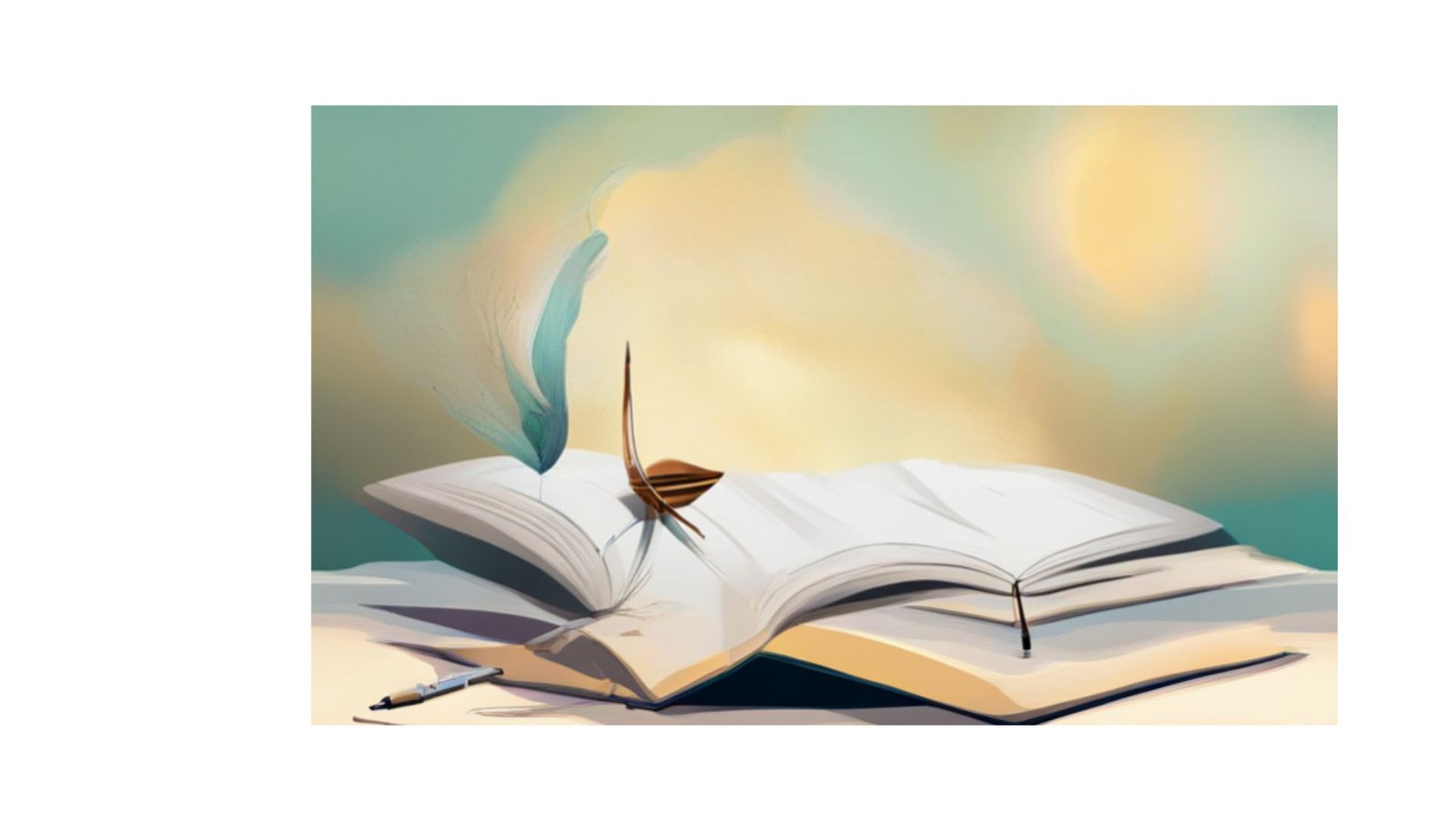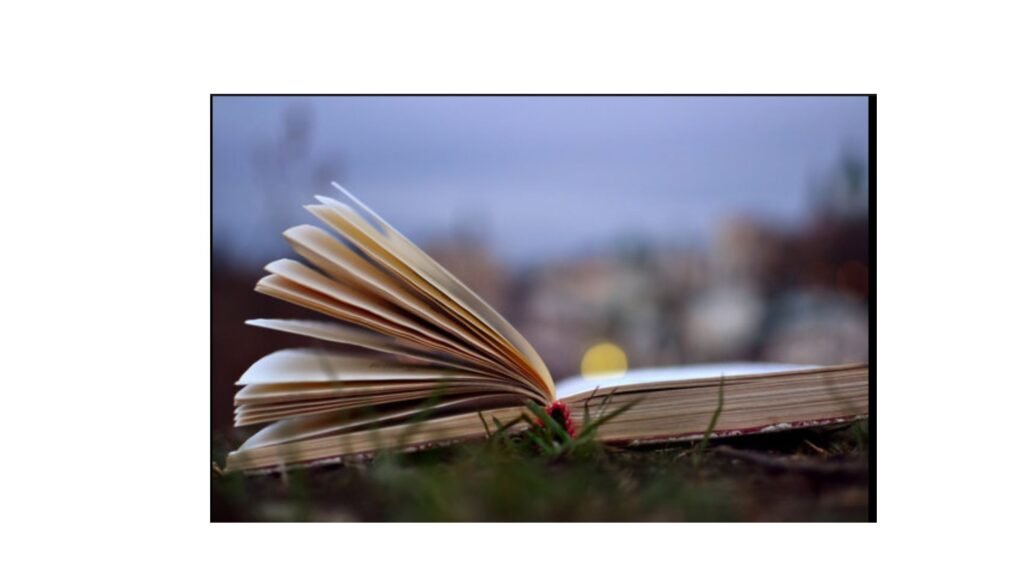|
Getting your Trinity Audio player ready...
|
Poetry has traditionally relied on the power of written language to evoke emotions, paint vivid imagery, and convey profound messages. However, the realm of poetry is expanding, embracing the potential of sound effects and music to create a richer and more immersive experience.

A Multi-Sensory Experience
- Expanding the Canvas: While words form the foundation, incorporating audio effects and music broadens the poet’s palette. Imagine the crashing waves and cries of seagulls accompanying a poem about the ocean’s vastness.
Enhancing Emotional Connection:
- Aural Amplification: The right sound effects and music can heighten the emotional impact of a poem. A suspenseful score can build tension, while melancholic music can deepen the feeling of sorrow.
Setting the Mood and Atmosphere:
- Soundscapes for the Soul: Carefully chosen sound effects and music can establish a distinct mood or atmosphere. The gentle strumming of a guitar can evoke a sense of calmness, while the pounding of drums creates a feeling of urgency.
Utilizing Sound Effects:
- Strategic Selection: Not just any sound will do. Sound effects should be chosen meticulously to complement the poem’s themes and imagery. The chirping of crickets might enhance a poem about a quiet summer night, while the roar of a crowd could add a layer of excitement to a piece about competition.
Music: A Powerful Tool:
- Melody and Meaning: Music, with its inherent emotional language, can significantly amplify the poem’s message. A melancholic piano piece can underscore a poem about loss, while a triumphant orchestral score can elevate a poem celebrating victory.
Finding the Right Balance:
- Harmony, Not Overpowering: While sound effects and music can enhance a poem, it’s crucial to maintain a balance. Overuse can overwhelm the listener and detract from the power of the words themselves.
Exploring Creative Techniques:
- Live Performances: Poets can collaborate with musicians to create a truly unique experience. Live music can seamlessly blend with the spoken word, creating a dynamic and captivating performance.
Modern Examples:
- Spoken Word Poetry: This contemporary genre often incorporates sound effects and music as integral elements of the performance.
- Audio Poetry: Recordings featuring the poet’s voice layered with music and sound effects are becoming increasingly popular.
A World of Possibilities:
- Pushing Boundaries: Experimenting with sound effects and music opens doors for innovative and captivating ways to present poetry.
Technical Considerations and Accessibility:
- Balancing Sound and Clarity: Incorporating sound effects and music requires technical expertise to ensure the spoken word remains clear and the overall soundscape is balanced.
- Accessibility for Different Audiences: It’s crucial to consider accessibility when using audio elements. Providing transcripts or closed captions can ensure everyone can enjoy the full experience, even those with hearing impairments.
The Role of Silence:
- Strategic Pauses: Silence can be a powerful tool. Well-placed pauses between stanzas or lines can allow the audience to absorb the poem’s meaning and appreciate the interplay between words and sound.
The Future of Sound in Poetry:
- Interactive Experiences: Emerging technologies like virtual reality (VR) and augmented reality (AR) have the potential to create interactive poetry experiences where sound plays an even more immersive role. Imagine walking through a virtual environment where the poem unfolds around you, with the soundscape dynamically adapting to your movements.
These additional points further enrich the discussion on incorporating sound effects and music into poetry:
- Technical considerations: Highlighting the importance of maintaining clarity while incorporating audio elements ensures a well-rounded experience.
- Accessibility: Addressing the need for inclusivity by providing alternative means of experiencing the poem caters to a wider audience.
- The role of silence: Emphasizing the significance of strategic pauses reinforces the notion that silence can be just as impactful as sound.
- The future of sound: Exploring the potential of emerging technologies opens doors for even more innovative and interactive ways to present poetry using sound.
Conclusion:
Sound effects and music are no longer mere background elements in the world of poetry. By incorporating them thoughtfully and strategically, poets can elevate their craft, reaching new audiences and creating a truly multi-sensory experience that transcends the limitations of the written word. As technology evolves and artistic boundaries blur, the possibilities for using sound to enhance poetry are limitless.
FAQs
What are the benefits of adding sound to poetry?
Sound can amplify the poem’s emotional impact also, creating a distinct ambiance for the poem.
How can sound effects be effectively used in poetry?
Choose sounds that complement the poem’s themes and imagery. Avoid overwhelming the listener with excessive sound effects.
What role does music play in poetry performances?
Music can underscore the poem’s message and evoke emotions.
What does the future hold for sound in poetry?
New tools will likely emerge to further enhance the use of sound in poetry.
Are there any challenges associated with using sound in poetry?
Ensure the spoken word remains clear amidst the soundscape.

